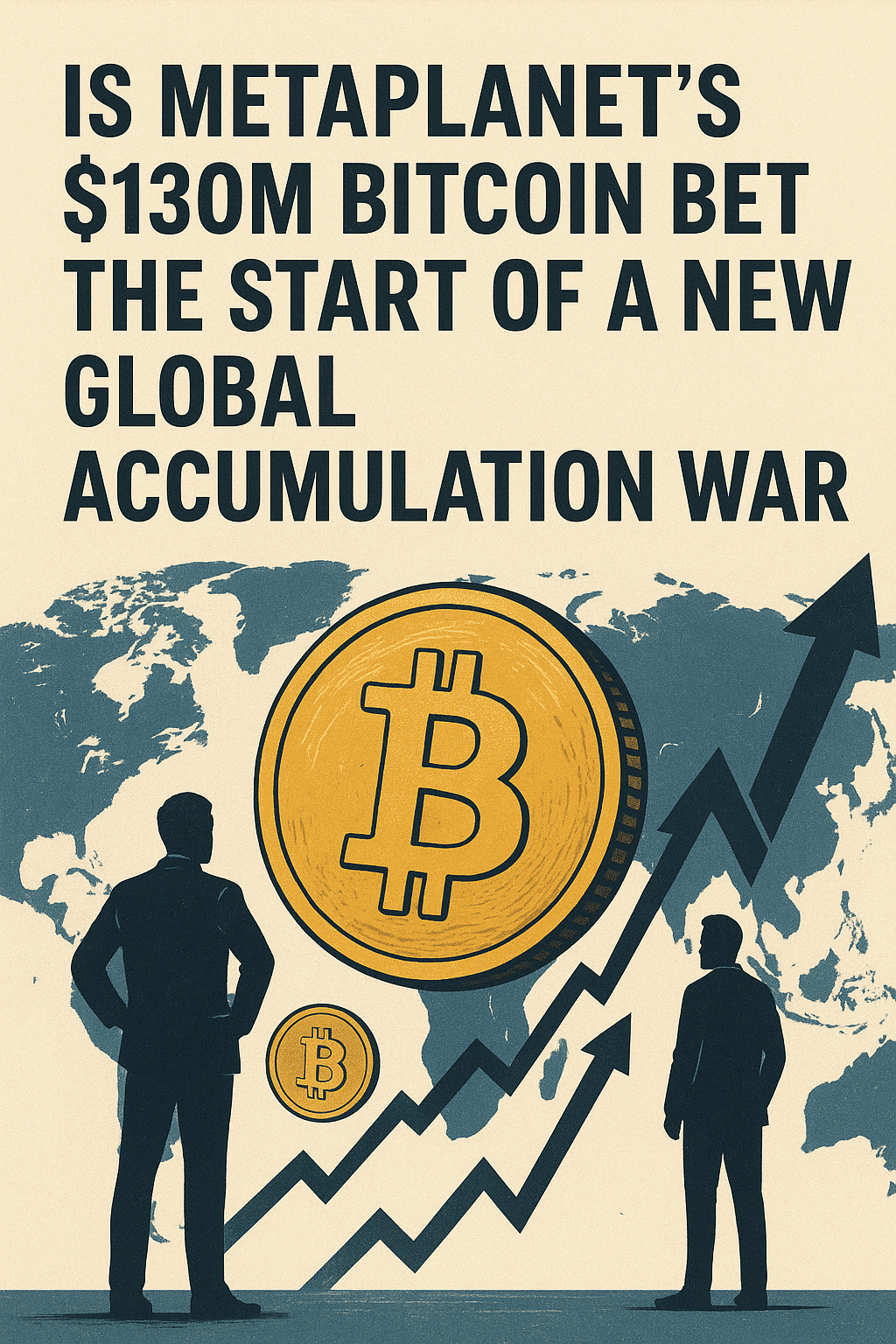The world of crypto is always changing. It moves at an incredible speed. We often wonder what comes next. Over the next five years, we expect massive shifts. These changes will reshape how we see money and digital assets. We are entering a new phase of adoption. This phase will bring crypto into our daily lives.

We believe that mainstream adoption will grow significantly. More people and businesses will use crypto. This goes beyond just trading digital coins. It will impact how we pay for things. It will change how we own assets. Think about owning a piece of real estate on a blockchain. This is becoming more common.
Institutions are also stepping in. Big banks and financial firms are now involved. They are creating new products for crypto. This adds trust and stability to the market. Their involvement signals serious growth ahead. We will see more regulated products like Bitcoin and Ethereum ETFs. This makes crypto easier for everyone to access.
Another big trend is real-world asset tokenization. This means putting physical assets onto a blockchain. Things like art, real estate, and even company shares. This creates new ways to invest. It makes assets more liquid and accessible. Imagine owning a tiny fraction of a famous painting. This is now possible.
Decentralized Finance (DeFi) Will Flourish
Decentralized Finance, or DeFi, is set for huge growth. DeFi aims to rebuild traditional finance. It uses blockchain technology. This removes banks and other middlemen. You can lend, borrow, and trade without intermediaries.
We predict DeFi will become more user-friendly. Currently, it can be complex for newcomers. Simpler interfaces will attract more users. This will lead to wider adoption. The total value locked in DeFi protocols will increase greatly. Experts predict billions more in growth.
New DeFi products will also emerge. These will offer more ways to earn returns. Think about stablecoins, which are pegged to real-world currencies. They offer stability in a volatile market. Their use in payments and lending will expand. This makes DeFi more practical for everyday use.
Security will also improve in DeFi. Smart contract audits will become standard. This reduces risks like hacks. Protecting user funds is crucial for trust. Better security will draw in more institutional money. We are seeing more professional players enter this space.
NFTs Will Evolve Beyond Art and Collectibles
Non-Fungible Tokens (NFTs) gained fame through digital art. But their future goes far beyond that. NFTs are unique digital assets. They prove ownership of something. This “something” can be digital or even physical.
We expect NFTs to find many new uses. In gaming, NFTs will give players true ownership. They can own in-game items or characters. These can be traded or sold for real value. This empowers gamers in new ways.
NFTs will also revolutionize ticketing and identity. Imagine your event ticket as an NFT. This prevents fraud and counterfeiting. Your digital identity could also be an NFT. This offers more secure online interactions. It gives you more control over your personal data.
The music industry will also see big changes. Artists can use NFTs to connect directly with fans. They can offer exclusive content or royalty splits. This creates new revenue streams for creators. NFTs offer a way to protect intellectual property. Creators can prove ownership of their work.
Regulatory Clarity Will Drive Growth
Government regulations are catching up. This might sound boring, but it’s important. Clear rules provide certainty for businesses. They protect investors and consumers. This will bring more confidence to the crypto market.
We expect more standardized regulations globally. Countries are learning from each other. This could lead to a unified approach. This will make cross-border transactions smoother. It will encourage more widespread adoption.
Governments are also exploring Central Bank Digital Currencies (CBDCs). These are digital versions of a country’s national currency. CBDCs are different from decentralized cryptocurrencies. They are controlled by central banks. Many countries are researching or piloting CBDCs. This could integrate digital money further into existing financial systems.
Increased regulatory clarity will attract bigger players. Traditional finance wants clear guidelines. This reduces risk for large investments. We will see more institutional money flow in. This marks a significant step towards crypto’s maturity.





